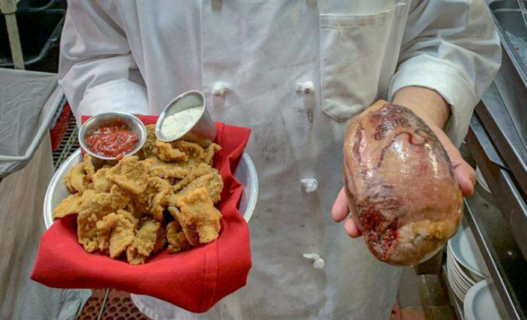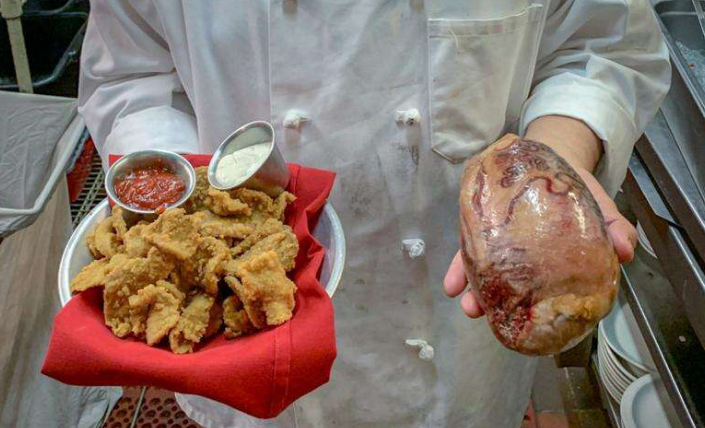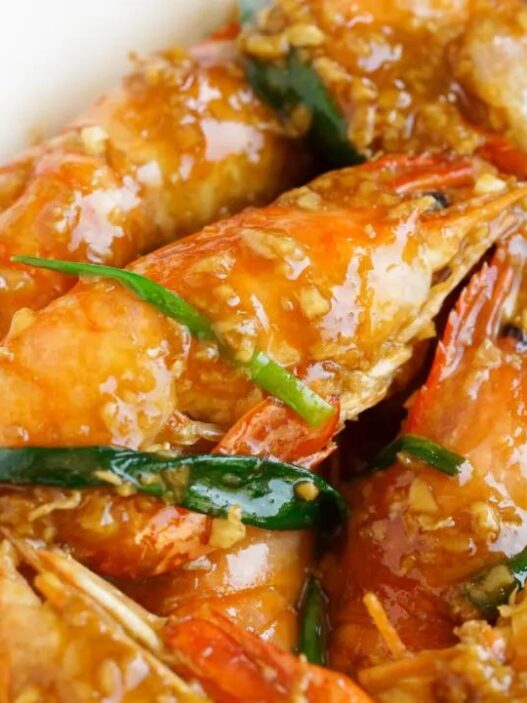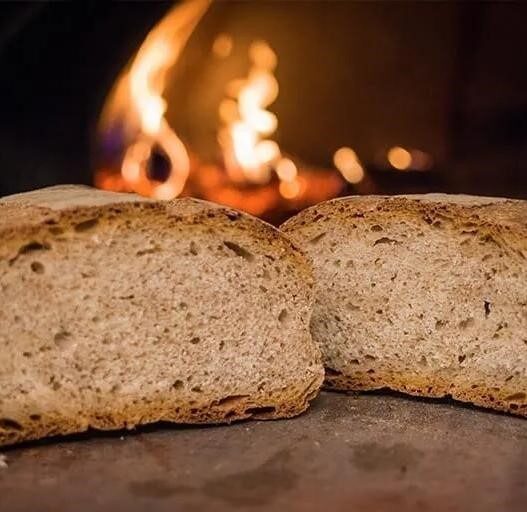While browsing Reddit, I stumbled upon a picture of a “Rocky Mountain Oyster Pizza.” Initially, I was confused, as the kidney-shaped topping clearly had nothing to do with oysters. Curiosity led me to research what Rocky Mountain oysters actually are—and it turns out they’re bull testicles!

I can’t help but wonder how an Italian would react to this, and I feel for the pizza maker. While they may not look like their namesake, Rocky Mountain oysters are bull testicles (though sometimes also from pigs or sheep), sliced, diced, or cut into strips, breaded, and deep-fried. They are typically served with cocktail sauce (a mix of ketchup, Tabasco, and horseradish) and sour cream.
Though I haven’t personally tasted them, I suspect anything breaded, deep-fried, and dipped in sauce would be delicious. So, let’s delve into the story of Rocky Mountain oysters.
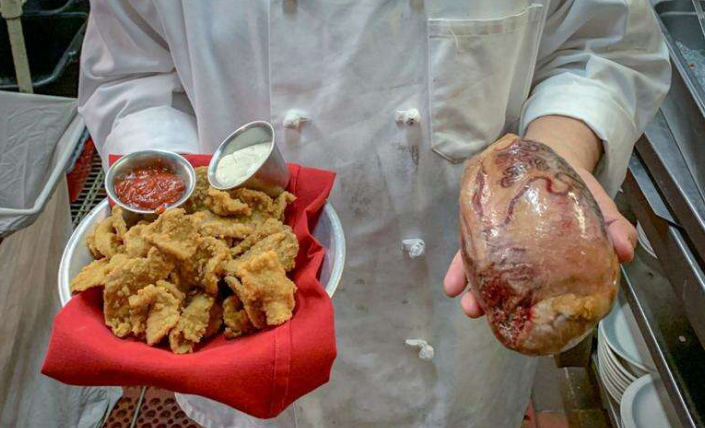
The Rocky Mountains and the Great Plains
The Rocky Mountains are a massive mountain range stretching over 4,800 kilometers across North America. They were a significant obstacle during the American westward expansion. Those familiar with Red Dead Redemption 2 know the mountains’ imposing nature, with an average elevation of nearly 3,000 meters, snow-capped peaks, and steep slopes.
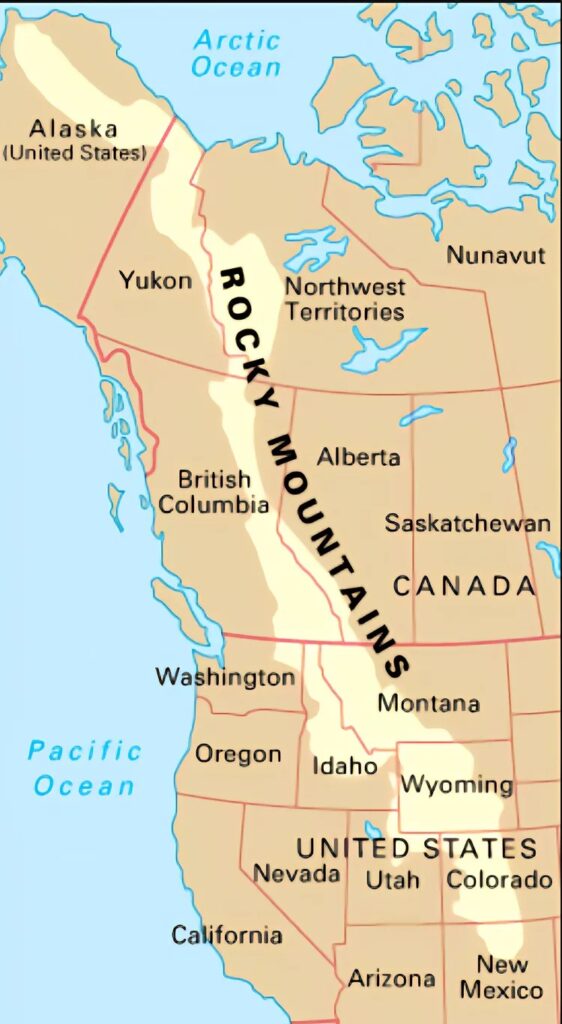
During the westward expansion, some who encountered the endless mountain range simply settled at its eastern base. This led to the growth of cities like Denver and Colorado Springs.

East of the Rocky Mountains lies the Great Plains, an untouched, fertile area with mineral deposits from the last ice age and sufficient rainfall. This made it a natural pasture. In the early 19th century, the plains were home to vast herds of wild bison. Later, as bison numbers dwindled, cattle farming increased.
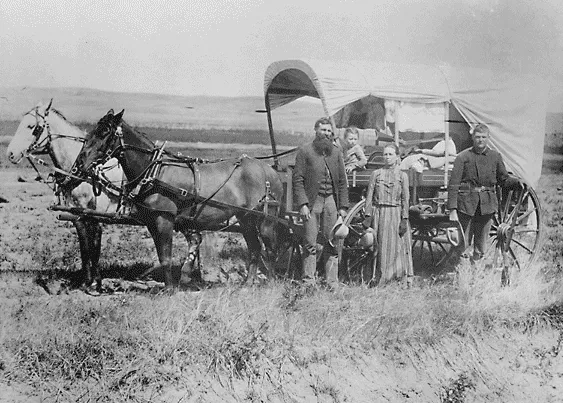
Huge farms, often hundreds of hectares in size, sprang up along the eastern base of the Rockies. Cattle were raised and transported hundreds of kilometers to railway towns like those in Kansas.
Why Bull Testicles?
Given that the area is full of cattle ranchers, why focus on bull testicles? Is it just a way to use offal? Not exactly, or else the American Midwest would have a tripe culture. As mentioned earlier, cattle are driven to towns for slaughter, and it was common to butcher 55,000 cattle a day in Kansas in 1918 alone.
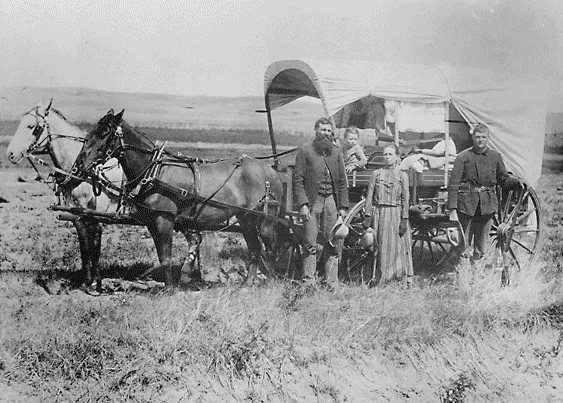
The primary reason for eating bull testicles is that they are a byproduct of castration. While castrating pigs removes the unpleasant boar taint (androstenone), castrating bulls serves more economic purposes:
- Castrated bulls are less likely to fight, preventing injuries requiring rancher intervention.
- Castrated bulls are less likely to break fences or run away, reducing the need for repairs and cattle searches.
- Castrated bulls consume less feed and produce better quality marbled meat.
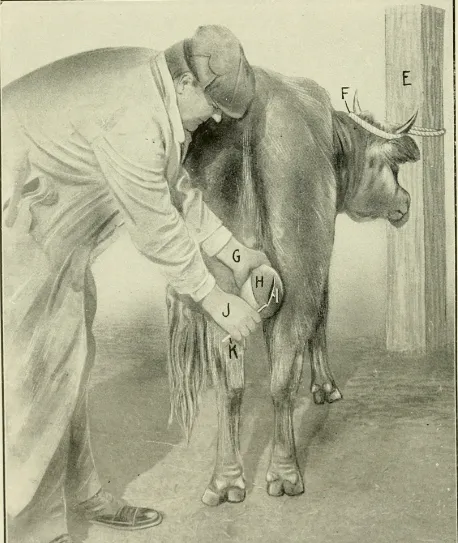
In short, castration has many benefits. And the testicles, being high-quality protein, can’t be wasted. Therefore, the custom of eating bull testicles is deeply rooted in economics. It’s not about taste or supposed aphrodisiac effects; it’s about the need to castrate bulls on Western ranches and utilize the byproduct.
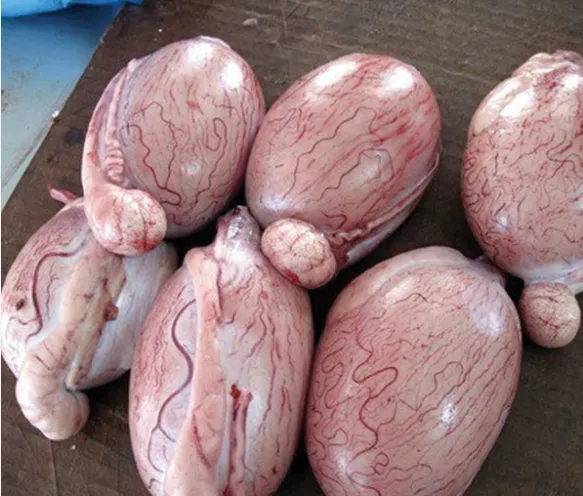
Eating offal, particularly animal genitalia, has a long tradition in Europe (the concept of “like cures like” is universal). France, Spain, and the UK have their own testicle dishes. However, as large-scale industrial farming grew in the U.S., dealing with offal became less appealing, leading to a decline in its consumption.
The “Oyster” Connection
The final question: Why are these testicles called Rocky Mountain oysters? Throughout the 19th and early 20th centuries, Americans were obsessed with oysters, largely due to the influx of immigrants arriving on the East Coast, where oysters were abundant. In the 19th century, New Yorkers ate an average of 600 oysters a year.

Oysters were affordable and tasty, sold at 1 cent each, or roughly equivalent to the price of a piece of candy or a newspaper. Both the working class and the upper classes ate oysters, with French literature and high society connecting oysters with elegance and sophistication. A popular way to consume oysters was to fry them.
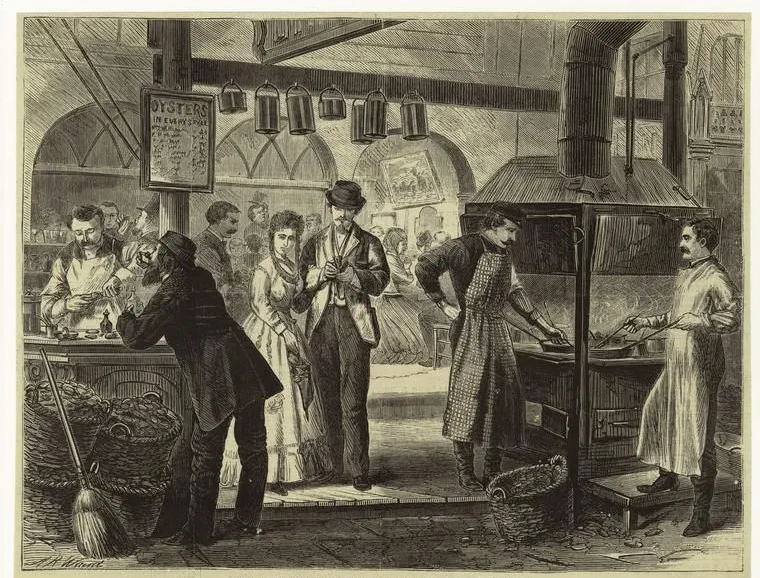
Therefore, the name “Rocky Mountain oysters” comes from the 19th-century American fondness for oysters, particularly fried oysters. Due to the lack of preservation and refrigeration in the Midwest, the testicles, a byproduct of castration on Rocky Mountain ranches, became a substitute for frying.








